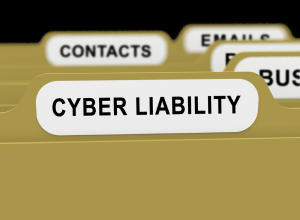
Cybersecurity Predictions for Construction in 2026
The construction industry stands at a critical cybersecurity crossroads. As digital transformation accelerates and construction projects become increasingly interconnected, cybercriminals are evolving their tactics to exploit...

ERP System Health Check
The end of the year is the perfect time to evaluate whether your ERP system is truly supporting your construction business or quietly holding it back....

Understanding the Difference: Business Process Reviews vs Software Usage Assessments
Does your construction company have the right operations in place to run as efficiently as possible? Or do you find that simple processes cause frustration and...

From Expectations to Reality: What Construction Leaders Should Know About Technology Partnerships
A digital transformation is happening within the construction industry. Firms are increasingly turning to technology managed services to stay competitive, secure, and efficient. At BIG, we...

Business Information Group Announces BIG University 2025: “Casino Night”
Annual technology and cybersecurity conference expands programming to address construction industry’s unique digital transformation challenges

When Every Second Counts: Why Construction Firms Need Bulletproof Incident Response Plans
The call comes in at 6:47 AM on a Tuesday. Your project manager can’t access the scheduling system. The estimating team’s computers are displaying ransom demands....

Business Intelligence in Construction: Beyond the Data Deluge
Data flows from every corner of your operations—project management platforms, ERP systems, field applications, financial software, and equipment monitoring tools. With this unprecedented access to information,...

Business Information Group Launches Website Enhancements, Reinforces Position as Construction Technology Powerhouse
York, PA, May 16, 2025 – Business Information Group (BIG), a leading technology consulting firm specializing in solutions for the construction and manufacturing industries, announced the...

How AI is Revolutionizing Construction: From Project Planning to On-Site Execution
It’s no surprise the construction industry is undergoing a digital transformation with artificial intelligence (AI) being at the forefront. From streamlining project planning to optimizing job...

Trimble Announces Early Sunset of Team Reporting – What You Need to Know
Change is on the horizon for users of Trimble’s Team Reporting tool. Originally planned for a 2025 phase-out, Trimble has announced that due to unforeseen circumstances,...

Jumping into the ERP Swimming Pool
Enterprise Resource Planning (ERP) systems are the keystone by which modern businesses streamline operations. Today, ERP systems are increasingly industry-specific, offering tailored solutions for construction, retail,...

The Importance of Cyber Liability Insurance for Construction Companies
In an industry traditionally dominated by bricks, mortar, and heavy machinery, construction companies might not consider themselves prime targets for cyberattacks. However, as digital transformation reshapes...
